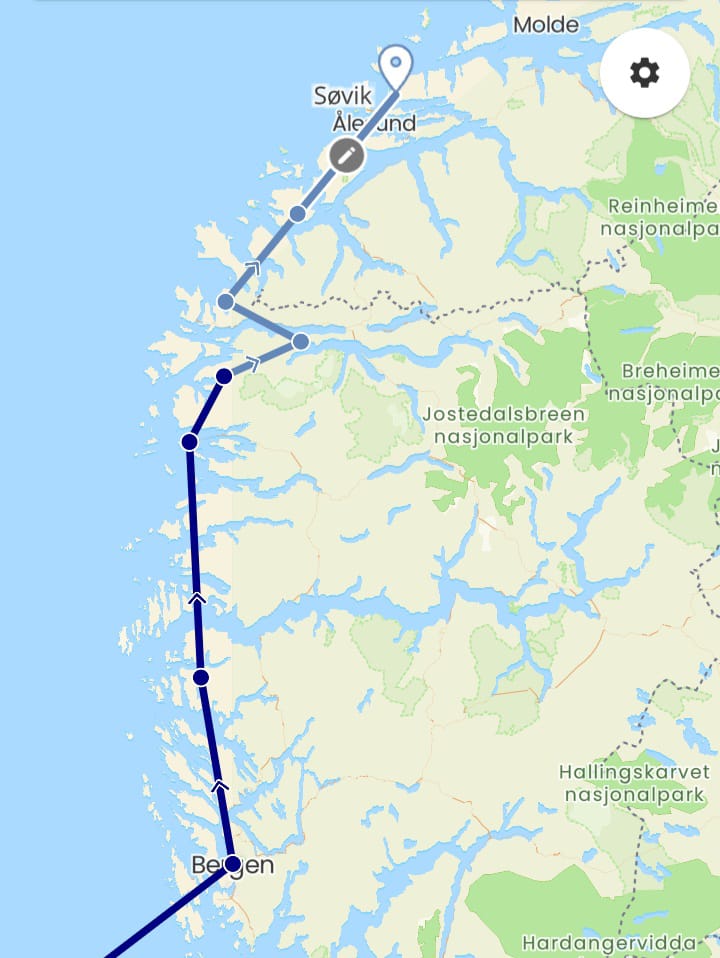Day 9, Gurskoy to beach near Sovik, Gunnasoyla (66 kms)
- Tim Bugler
- Jul 10
- 3 min read
After a swift run downhill from yesterday's spot, leaving the midges behind, the old bike crossed a bridge onto the next island -- Hariedlandet -- we were soon amidst the heaviest trafffic we've encountered so far. As far as I can work out, this was due to vehicles filtering in from a busy E-route on an adjoining landmass. When I stopped before a small tunnel to turn my lights on, a chap in a 4x4 pulled in and offered me a lift. I hadn't worked out why yet, and politely declined, though I'm sure he'd have soon regretted having an unwashed wild-camping cyclist, his bike, and 30 kilos of gear in his rather nice car. It was very kind of him, all the same. A few kilometres further on the road became still narrower and ran up a three kms hill, presenting a dilemma: Norwegians are the most courteous of drivers to cyclists, and simply won't pass you at all unless they can give you the recommended 1.5 metres freeboard. Crawling up a hill, you clearly can't leave cars and heavy lorries behind you curtailed to little more than a slow jog, unable to overtake because the traffic coming the other way is just as heavy. Therefore I had to keep pulling in, after which it was difficult to get going again, so ended up pushing for much of the distance. Thankfully, at the top of the hill was a college of some sort, and to assist its students, a cycle path runs all the way from there to the Alesund ferry.
The boat takes cyclists right into the heart of Alesund -- a city of 55,000 people built on four islands joined by at least seven bridges -- and for me, after so many days in the comparative wilds, it felt like a culture shock. Alesund, on Norway's most famous fjord, the Geirangerfjord, is beautiful. A disastrous fire one January night in 1904 burnt out the whole of the old city -- mostly built of wood. Only one person died, but 10,000 were made homeless. Germany's Kaiser Bill jumped in to help, sending warships with materials to built temporary shelters, while the town was rebuilt in stone in its present incredible Art Nouveau style, all turrets, spires, graceful windows, and ornamentation. Many buildings reach down to the water with different inlets of sea like the canals of Venice bisecting the city.

I had hoped to stay the night, but couldn't find a hostel bed, so opted to stroll round the streets (pushing Claud, unfortunately) to see what I could before carrying on up the Euro Velo One which officially at this point does require one to jump straight onto another ferry, for a 20 minute trip to Gunnasoyla!
Here, on the recommendation of a kind woman working at the CoOp, I camped by a beach by a historic little lighthouse, just by the stunning new Lepsoybrua bridge connecting to a route through some offshore islands (that is unfortunately impossible to bike because of a series of undersea tunnels that are closed to cyclists). Just as I got the coffee on, the famous Hurtigruten coastal boat steamed past on it's daily trip north -- another way to get to Nordkapp!
Tent, bridge, lighthouse -- and the famous coastal steamer on her way north






Comments